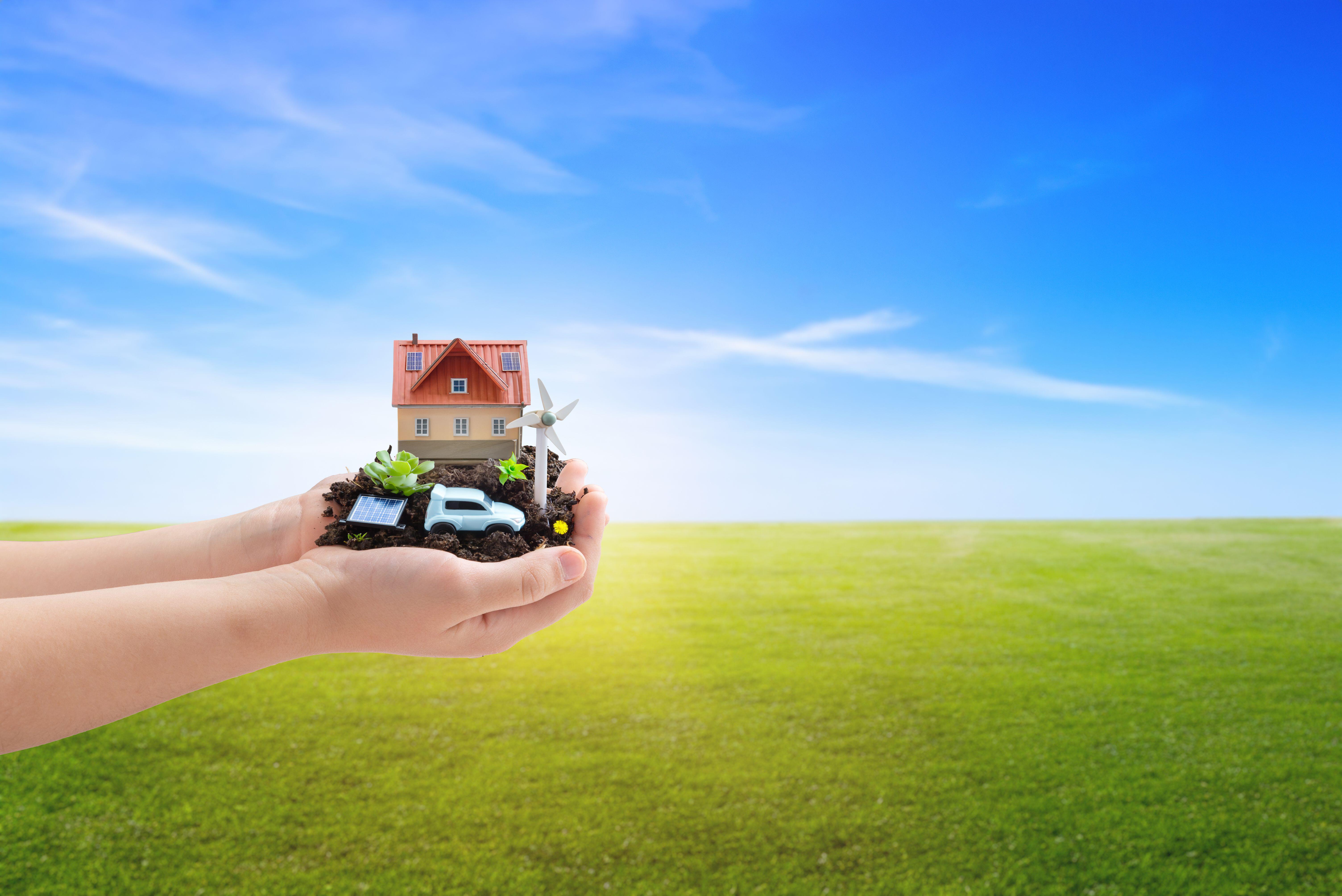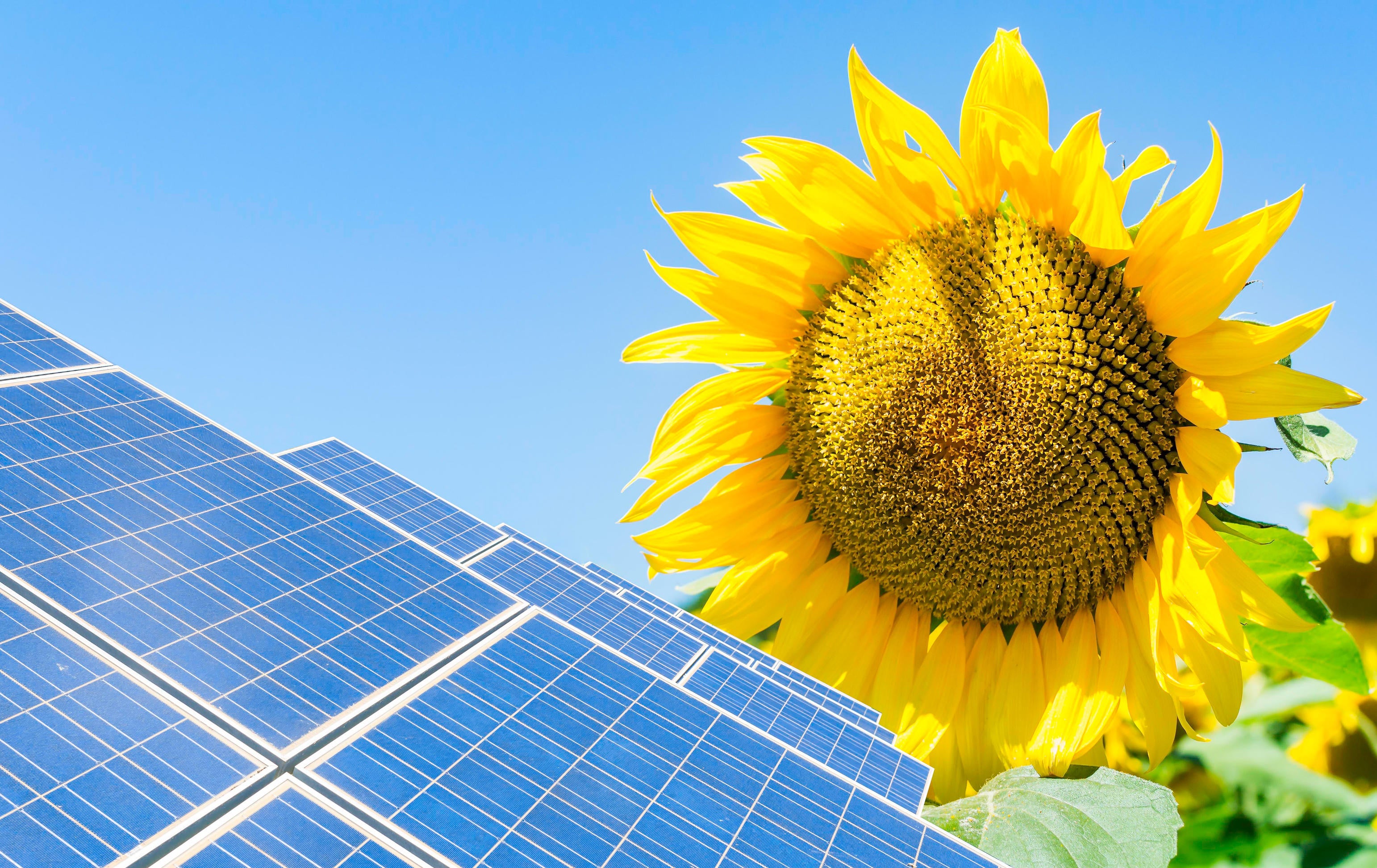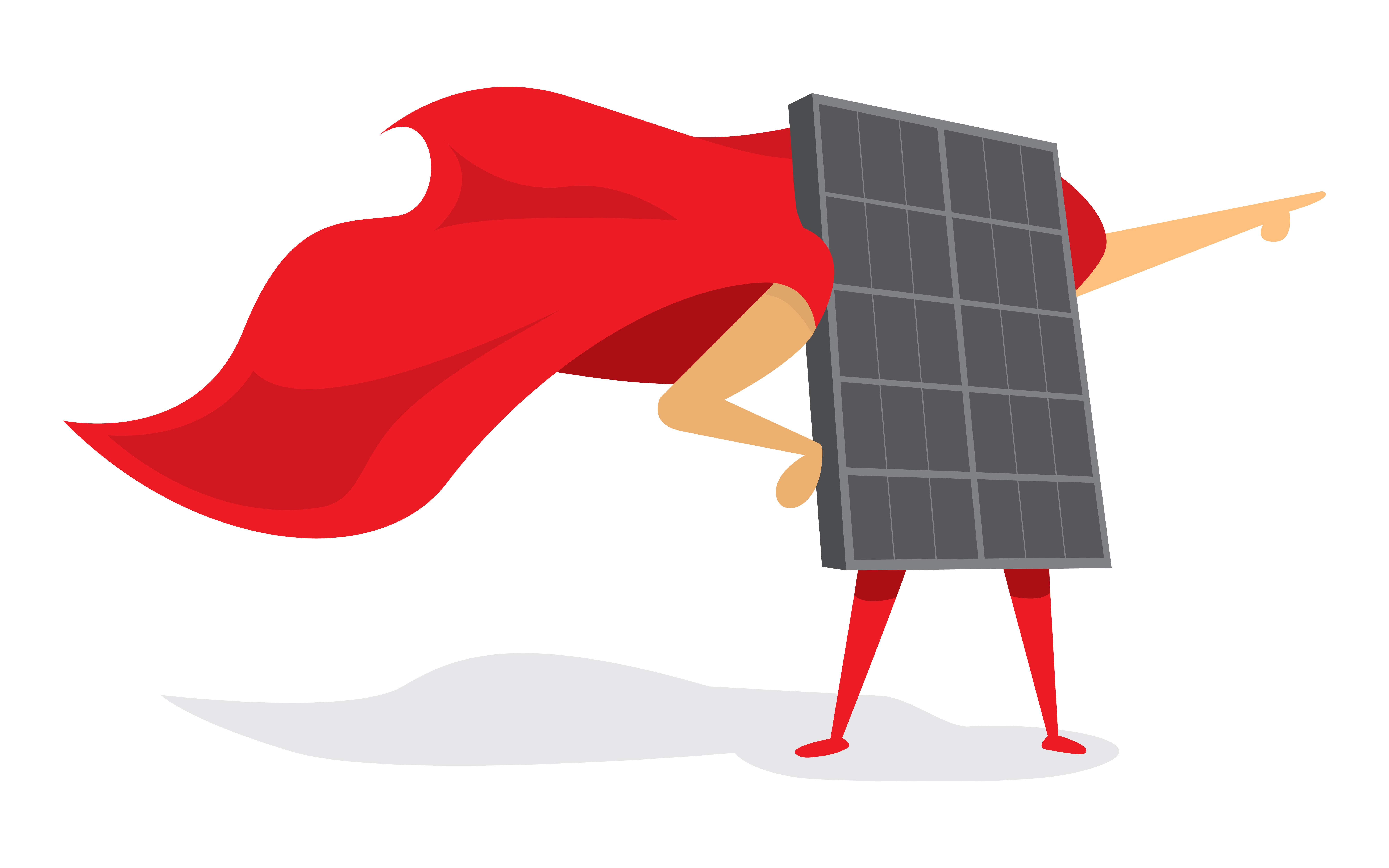Support truly
independent journalism
Our mission is to deliver unbiased, fact-based reporting that holds power to account and exposes the truth.
Whether $5 or $50, every contribution counts.
Support us to deliver journalism without an agenda.
Most people need to save money at the moment, and anything that makes it easier to do that at the same time as helping to save the planet has got to be a winner.
And that’s why solar panels are becoming an increasingly popular choice for homeowners – installing the panels provides you with free, renewable, low-carbon electricity, and you can also sell any surplus energy to the grid, or store it for later use.
Last year, the low-carbon certification organisation MCS recorded more than 220,500 solar panel installations, and sustainable energy experts Solar Together says installations rose by 30% in 2023.

Lower energy bills
A new Solar Together survey has found 35% of respondents who don’t have solar panels say it’s likely they’ll switch to solar energy in the next five years, while a third of people who already have the panels got them mainly to cut their carbon emissions, and another third (31%) who already have solar power had it installed mainly due to the rising cost of living and surging energy bills.
Of those who’ve already made the shift, almost half (47%) say their energy costs have plummeted since they had solar panels installed, and a further 37% have noticed a moderate decrease in their energy bills.
Solar panels not only cut down your energy bills but add value to your property too
George Frost, iChoosr
George Frost, UK manager at iChoosr, which delivers Solar Together group-buying solar energy schemes, says: “It’s becoming increasingly affordable for homeowners to invest in solar panels and, as a result, we have seen more and more people making the decision to invest in solar energy, with record home installations across the UK over the past year.
“Solar panels are a great long-term investment – they not only cut down your energy bills but add value to your property too.”
So could you have solar panels installed on your home – and how much money would you save on energy bills?
Where can solar panels be installed?
The Energy Saving Trust (EST), which promotes energy efficiency and clean energy solutions, says solar panels can be installed on sloping or flat roofs, or even on sheds and garages or in gardens.
It says an unshaded, south-facing roof is best for maximum performance. But panels can still be installed on east or west-facing roofs, although solar panels on north-facing roofs aren’t recommended.
“Installation is simple and there’s little maintenance.” says Joanna O’Loan, knowledge manager at the EST. “Most home solar systems can be installed within two to three days and the panels themselves should last at least 25 years without needing maintenance.”
Some of the associated electronic equipment, such as a PV diverter switch, which powers your immersion heater to store hot water to use later, will probably have to be replaced earlier, she points out.
Does it need to be sunny for them to work?
Fortunately for householders in the UK, solar panels don’t need direct sunlight to work, and can generate electricity, even on cloudy days.
What about the cost?
Each house and solar panel system is different, but O’Loan says: “For a typical 3.5kWp system, you can expect to pay around £7,000. The costs and savings vary based on your location, system size, and daily electricity usage.”
In addition, the EST points out that most homes installing a solar panel system will be advised to also install a battery to store any excess electricity the panels generate to use when it’s needed. This means householders can take advantage of time of use tariffs to benefit from cheaper energy prices.
The EST says a 7.5 kWh battery typically costs around £6,500.

Get money back for any surplus energy
The Smart Export Guarantee (SEG) is a government-backed initiative in which some electricity suppliers pay small-scale generators, including householders, for low-carbon electricity which they export back to the National Grid.
Frost says: “With the SEG you can get paid for every unit of electricity you export back to the grid, which can add up to thousands of pounds over the normal lifespan of a solar panel system.”
How much money could you save?
The EST has recently refreshed its Solar Panel Calculator to reflect revised higher SEG tariffs and reduced electricity prices set by April’s energy price cap.
The calculator asks for specific information about a home, including its roof position and angle, and the household’s annual electricity usage.
This provides a report including the recommended size of solar panel system, the number of panels required, likely installation costs, and an outline of total annual savings and payments the household is likely to receive, based on assumptions on the amount of solar electricity they use and the amount likely to be exported.

For example, the calculator shows that a small detached home in north west England, with a south-west facing, partially shaded, sloped roof and two occupants who are at home all day, could use a 4.5 kWp solar panel system at a cost of around £7,100. The panels would be expected to generate 2,850 kWh of electricity a year (equivalent to boiling a kettle 26,000 times).
The two occupants would be expected to use 35% of the generated energy, and export the rest. So the EST estimates that the possible annual savings, combined with SEG payments, would total around £495. The estimated carbon savings would be 630kg – 24% of an average UK home’s carbon emissions.
“With electricity prices remaining high and more flexible tariffs becoming available which favour renewable energy generation, it could be a good time to consider if solar panels are right for you,” suggests O’Loan.
The payback period typically ranges from six to 10 years
Keith Newey, Powerland
How long might it take to recoup the cost of solar panel installation?
The time it takes to recoup the initial cost of installing solar panels is often referred to as the payback period, explains Keith Newey, managing director of Powerland, which provides solar energy products. “The payback period typically ranges from six to 10 years,” he explains. “This period depends on several factors, including the amount of sunlight your location receives, the efficiency of the panels, and your household’s energy consumption.”
He says the payback period can be reduced by money earned by exporting surplus energy back to the grid through the SEG scheme.
Why are they good for the environment?
Electricity generated by solar panels cuts the amount of fossil fuels we need to burn, says O’Loan, cutting carbon dioxide emissions by up to one tonne per year for a typical UK home solar panel system. “Solar panels generate clean, green electricity throughout the day, every day,” she adds.



